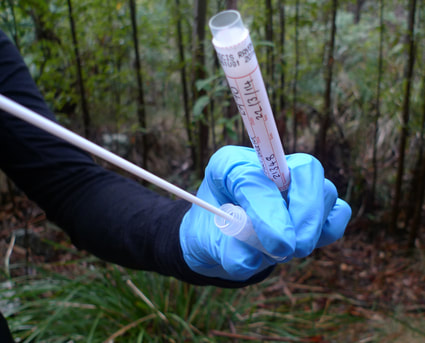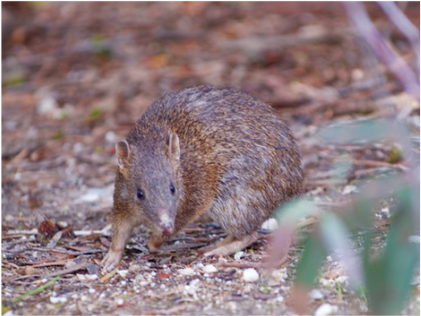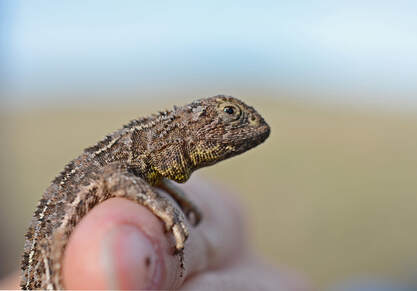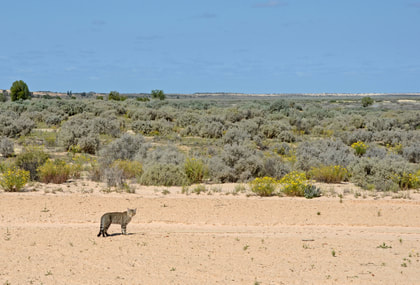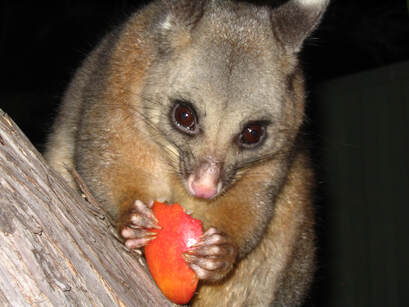Current research highlights
Better tools for monitoring genetic diversity to inform management and policy
The GEOBON Genetic Composition Working Group, the IUCN SSC Conservation Genetics Specialist Group, and the Coalition for Conservation Genetics, are international collaborations. We aim to improve approaches to measuring, monitoring, evaluating and interpreting genetic diversity, including within-species genetic diversity. For example:
The GEOBON Genetic Composition Working Group, the IUCN SSC Conservation Genetics Specialist Group, and the Coalition for Conservation Genetics, are international collaborations. We aim to improve approaches to measuring, monitoring, evaluating and interpreting genetic diversity, including within-species genetic diversity. For example:
- Making recommendations about the scope of genetic diversity monitoring and appropriate indicators for genetic diversity
- Reviewing how genetic diversity is evaluated, conserved, and reported on by different countries in National Reports to the Convention on Biological Diversity (CBD) and making recommendations to improve this reporting
- Developing tools and guidelines to standardise measurement of global changes in genetic diversity: we propose Essential Biodiversity Variables for intraspecific genetic diversity
|
Reliable methods for eDNA and species from faeces
Environmental DNA (eDNA) is DNA that is obtained indirectly from the environment (e.g. from soil, water or faeces), rather than directly from an organism. eDNA can help us to detect and monitor biodiversity and to understand wildlife distributions and interactions. There's been a lot of work in this field over the last few years to understand the sensitivity, specificity, and limitations of eDNA, and to improve methods. Some of the work I've been involved in includes:
|
Some past projects
|
The Oz Mammals Genomics Initiative
The Oz Mammals Genomics Initiative supported a range of projects that linked genomics to conservation management and to museum collection-based research. Some examples:
|
|
Defining species and "units" for wildlife management
Understanding taxonomy and how genetic diversity varies within wildlife species and populations can provide information to guide their management. To effectively conserve wildlife we need to be able to determine appropriate management "units", which could be species, subspecies, or distinct populations. Take grassland earless dragons, for example:
|
|
DNA detection of invasive species from predator poo
Foxes and cats are not native to Australia and wildlife managers need to understand the distributions of these invasive species so they can monitor and control them. We can use DNA to detect introduced predators from their scats - it is often much easier to find scats than it is to find the animals themselves. We have used DNA analysis of scats to detect the red fox (Vulpes vulpes) in Tasmania. From 2007 to 2014, >12,000 predator scats were collected from across Tasmania for DNA testing. In surveys up to 2011, we detected fox DNA from scats from different locations in Tasmania. We detected no further evidence of foxes during the 2014 survey. We also developed a new predator DNA test that can distinguish all large terrestrial mammal predators in Australia, including cats, dogs, foxes, devils, and four species of quoll. |
|
Using genetics to understand introduced species
Characterising genetic diversity in introduced populations can provide useful information about the origins and dynamics of those populations.
|
|
Sex chromosome genetic markers for conservation genetics
In mammals, the Y chromosome is male-specific and is passed directly from father to son. In contrast, each female inherits two copies of the X chromosome (one from each parent) but each male inherits only one copy of the X chromosome (from his mother). These differences in inheritance mean that genetic markers located on the sex chromosomes can help us to understand differences in patterns of dispersal and reproductive behaviour between males and females. My PhD focused on sex chromosome genetic markers in the tammar wallaby:
|
All photographs on this site were taken by me, unless otherwise stated. Please contact me if you wish to use any of these images.
